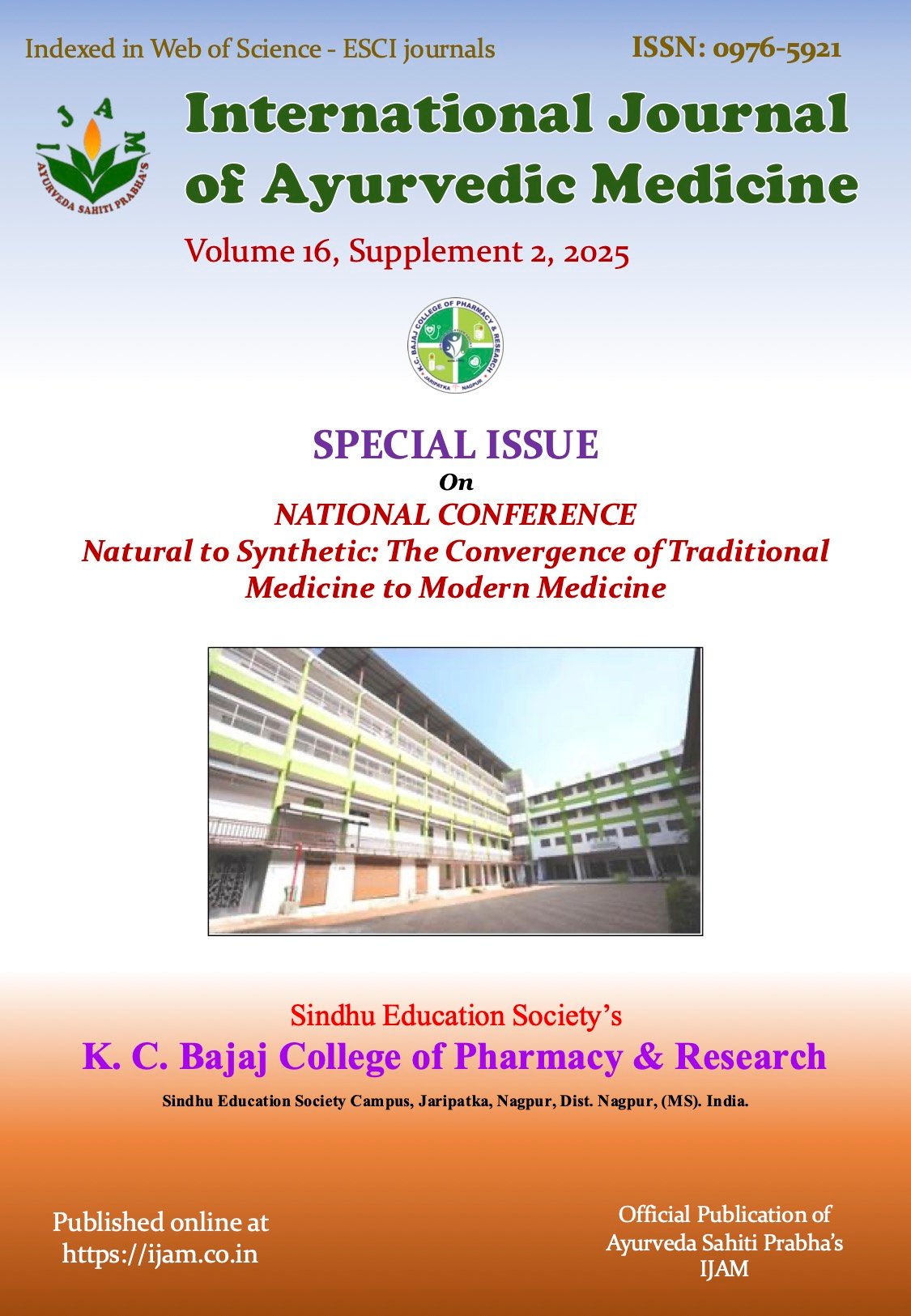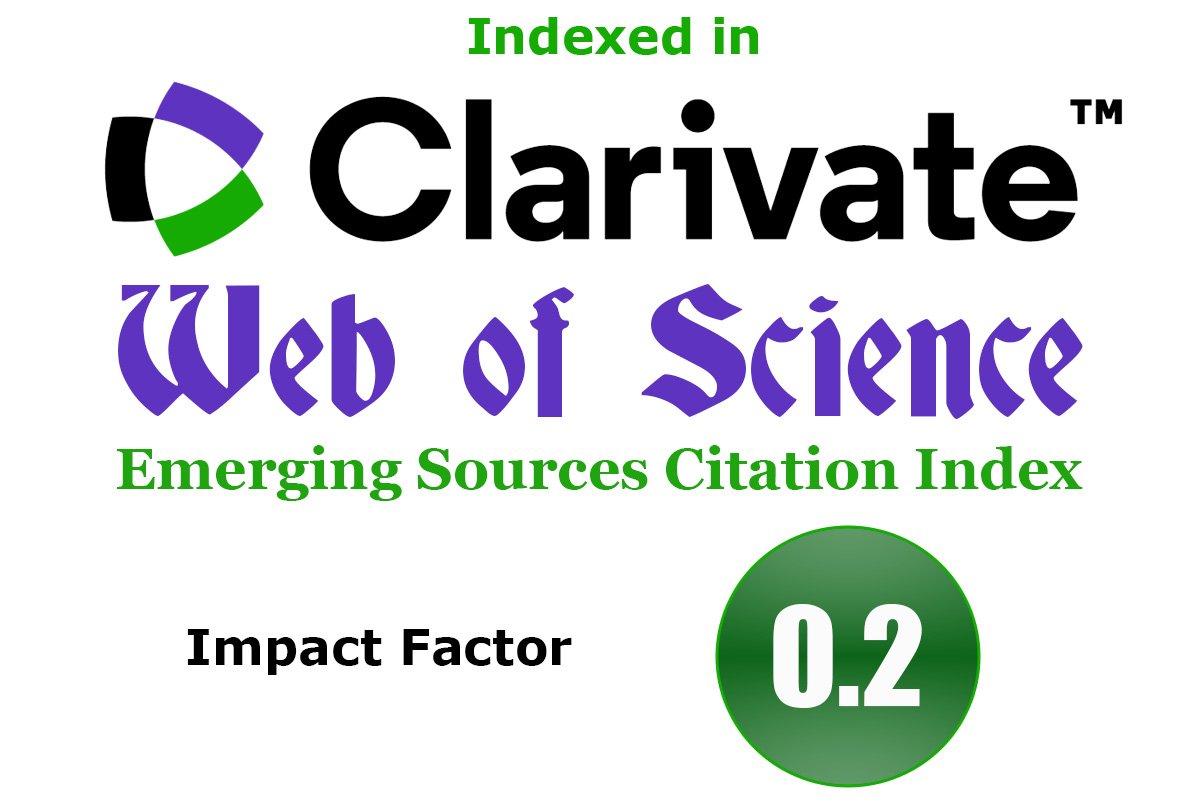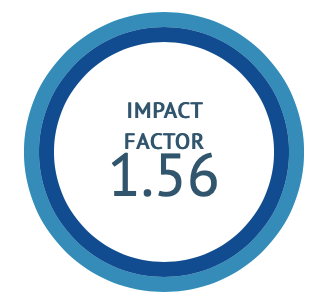Unlocking the Anticancer Potential of Metal-Curcumin Complexes: Docking Insights with EGFR
DOI:
https://doi.org/10.47552/ijam.v16iS2.6206Keywords:
EGFR, Molecular Docking, Metal-Curcumin Complexes, Kinase Inhibition, Targeted Anticancer TherapyAbstract
The Epidermal Growth Factor Receptor (EGFR) plays a pivotal role in cervical cancer progression by driving uncontrolled cell proliferation and survival. Given its oncogenic significance, EGFR remains a prime therapeutic target for cancer drug development. Curcumin, a bioactive polyphenol, exhibits promising anticancer properties but suffers from poor solubility and bioavailability, limiting its clinical application. To enhance its pharmacological potential, metal complexation has been explored as a strategy to improve its pharmacokinetics and bioactivity. This study employed molecular docking to assess the binding affinities of curcumin and its metal complexes (Ca, Cu, Mg, Na, Zn) with two EGFR conformations: the active kinase domain (PDB ID: 1M17) and the extracellular ligand-binding domain (PDB ID: 4ZSE). Docking analyses revealed that Ca-Bicurcumin (-11.1 kcal/mol), Na-Bicurcumin (-11.0 kcal/mol), and Cu, Mg, and Zn-Bicurcumin complexes (-10.8 kcal/mol each) exhibited strong binding affinities toward 1M17, outperforming the reference ligand AQ4 (-7.0 kcal/mol) and native curcumin (-7.3 kcal/mol). Similarly, Cu-Bicurcumin (-11.0 kcal/mol), along with Ca, Mg, and Na-Bicurcumin complexes (-10.9 kcal/mol each), displayed superior interactions with 4ZSE, exceeding the binding of ANP (-9.4 kcal/mol) and curcumin (-7.2 kcal/mol). These enhanced interactions resulted from strong hydrogen bonding, hydrophobic interactions, and electrostatic forces, improving receptor complementarity. The findings suggest that metal-curcumin complexes hold promise as EGFR-targeted therapeutics, potentially overcoming curcumin’s pharmacokinetic limitations while enhancing its anticancer efficacy. Further, in vitro kinase inhibition assays and in vivo tumor regression studies are necessary to validate their therapeutic potential in EGFR-driven cancers.
Downloads
Published
How to Cite
Issue
Section
License
Copyright (c) 2025 International Journal of Ayurvedic Medicine

This work is licensed under a Creative Commons Attribution-NonCommercial-ShareAlike 4.0 International License.
The author hereby transfers, assigns, or conveys all copyright ownership to the International Journal of Ayurvedic Medicine (IJAM). By this transfer, the article becomes the property of the IJAM and may not be published elsewhere without written permission from the IJAM.
This transfer of copyright also implies transfer of rights for printed, electronic, microfilm, and facsimile publication. No royalty or other monetary compensation will be received for transferring the copyright of the article to the IJAM.
The IJAM, in turn, grants each author the right to republish the article in any book for which he or she is the author or editor, without paying royalties to the IJAM, subject to the express conditions that (a) the author notify IJAM in advance in writing of this republication and (b) a credit line attributes the original publication to IJAM.





